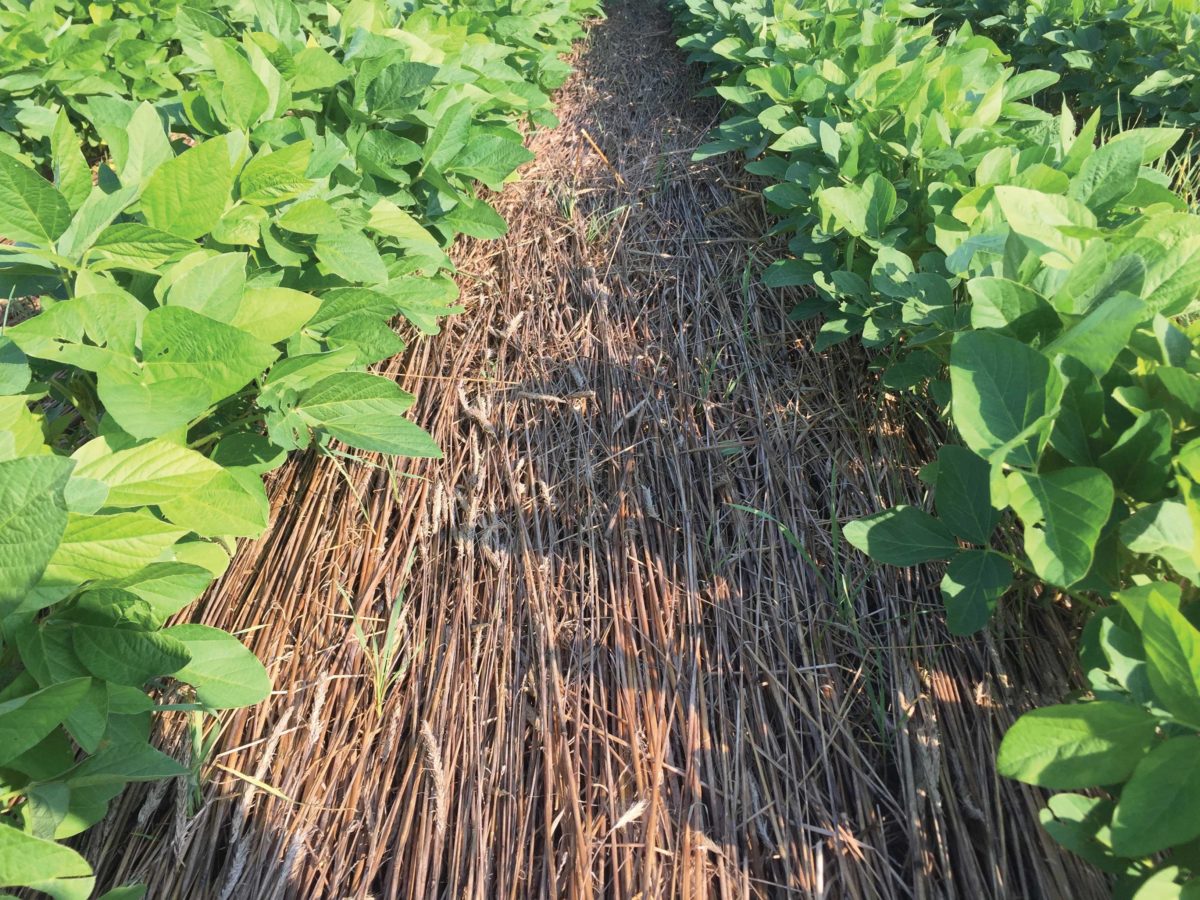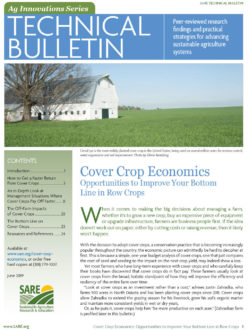
Some of the earliest grain crop farmers to adopt cover crops in recent decades have been no-tillers. In fact, No-Till Farmer magazine reported that 83% percent of their no-till farmer readership used cover crops on at least some of their fields in 2017 [2]. However, a new trend has become apparent with the rapid expansion of cover crops, which is that a segment of conventional till farmers using cover crops have become motivated to transition to no-till or strip-till. Many cover crop users have cited their increased appreciation for soil health as a reason for making changes to their tillage system.
While the triggering effect cover crops have on reducing tillage is notable, what is more important economically is that cover crops seem to ease the transition to no-till. Farmers have been advised for decades that they can expect an initial yield dip when changing to no-till but that if they stick with it, after four to five years their yields will be restored to previous levels and will probably improve in drought years. More research is needed, but there are many anecdotal reports of farmers who use cover crops finding less of a yield dip when transitioning to no-till on a given field compared to transitioning without cover crops.
A specific approach that some farmers have followed is to plant a cereal rye cover crop before soybeans and then begin the no-till process in the spring, in this case by no-till planting the soybeans into the rye residue. Changing to no-till without a cover crop would cause less aeration and possibly more initial compaction in a field compared to a conventionally tilled field, but the use of rye offsets these negatives. The root macropores from the cover crop, along with increased earthworm activity, will help improve initial aeration of the soil and reduce crusting and compaction. The stimulated soil biology from the living cover crop roots can also speed the growth of mycorrhizal fungi, allowing fungal hyphae to form, which provide more nutrients and potentially more moisture to the cash crop roots.
By using a cover crop before starting no-till, it may be possible to avoid taking the typical yield penalty that a no-till transition may otherwise incur [8]. No-till leads to cost savings from reduced labor and machinery expenses, and using cover crops to minimize a potential yield penalty provides an added financial benefit. The pairing of cover crops and no-till will lead to significant long-term improvements to soil health and crop performance, much more so than using either practice alone.
Snapshot: The financial impact of using cover crops to ease the transition to no-till
Cover crops pay off starting in their second year of use for corn and break even during the first year of use with soybeans, assuming savings of $23.96 per acre from using cover crops to help the transition to no-till. The assumed savings are from the reduced fuel and labor costs of doing one fewer fall tillage pass and two fewer spring tillage passes. Returns for corn average -$7.40, $25.38 and $41.86 per acre after one, three and five years of planting a cover crop. Soybean returns average $0.41, $24.38 and $34.14 per acre after one, three and five years. (See Table 4 and Table 5 for details.)
